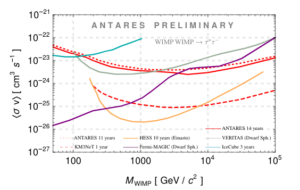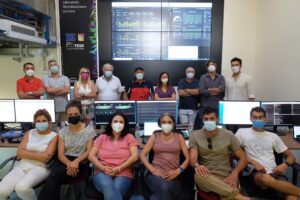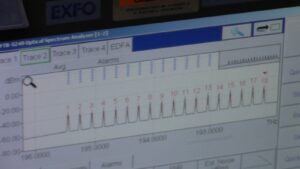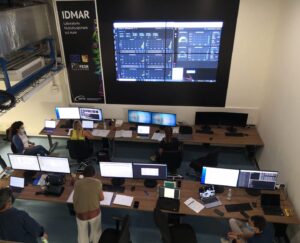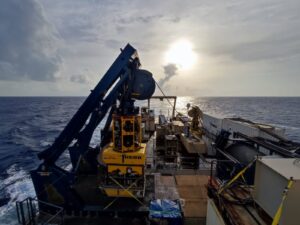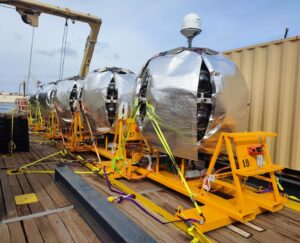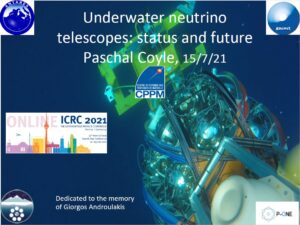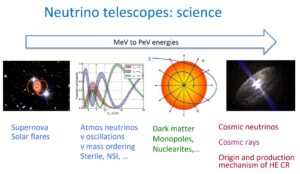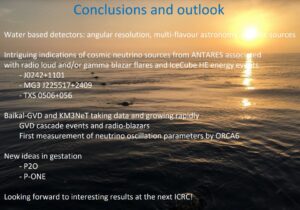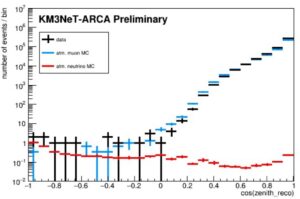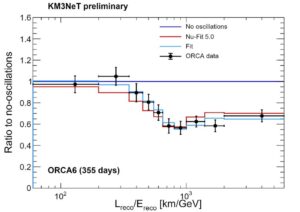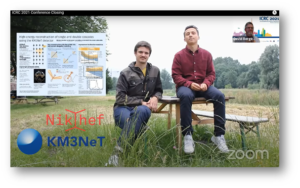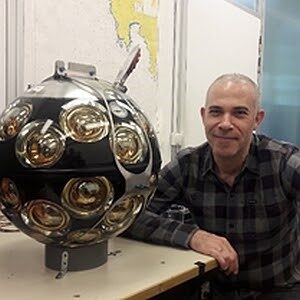Congratulations to Rebecca Gozzini
The KM3NeT Collaboration congratulates Sara Rebecca Gozzini, who has received a fellowship from the Program to support talented researchers – GenT Plan – of the Generalitat Valenciana (Valencian regional government) in Spain. The fellowship has a duration of 4 (+ 2) years to develop a research project at the Instituto de Física Corpuscular, IFIC, in Valencia and is thought as a tenure-track position promoted by the regional government for the consolidation of young researchers with international projection.
Rebecca joined ANTARES and KM3NeT in 2017. She took charge of different searches for dark matter: search for Galactic Centre WIMPs, search for heavy secluded dark matter, and a combined analysis with IceCube. She currently coordinates the working group ‘Dark Matter and Exotics Physics’ in KM3NeT.
The project presented by Rebecca for her GenT application, “Search for new physics signatures and measurement of fundamental neutrino properties with the KM3NeT telescope”, will have as priority objectives the search for dark matter signatures in KM3NeT, as well as new physics phenomena associated with neutrinos, such as non-standard interactions and others. The grant awarded to Rebecca includes also a budget to hire two PhD students.
The GenT Plan of the Generalitat Valenciana was born in 2017 as a commitment for the recovery, attraction and consolidation of researchers of international excellence in the Valencian research, development and innovation system, in all areas of knowledge to develop their R & D projects in public universities and research centres of the Valencian Community. Paco Salesa and Agustín Sánchez, also members of KM3NeT, are currently working at IFIC thanks to this initiative, too.
